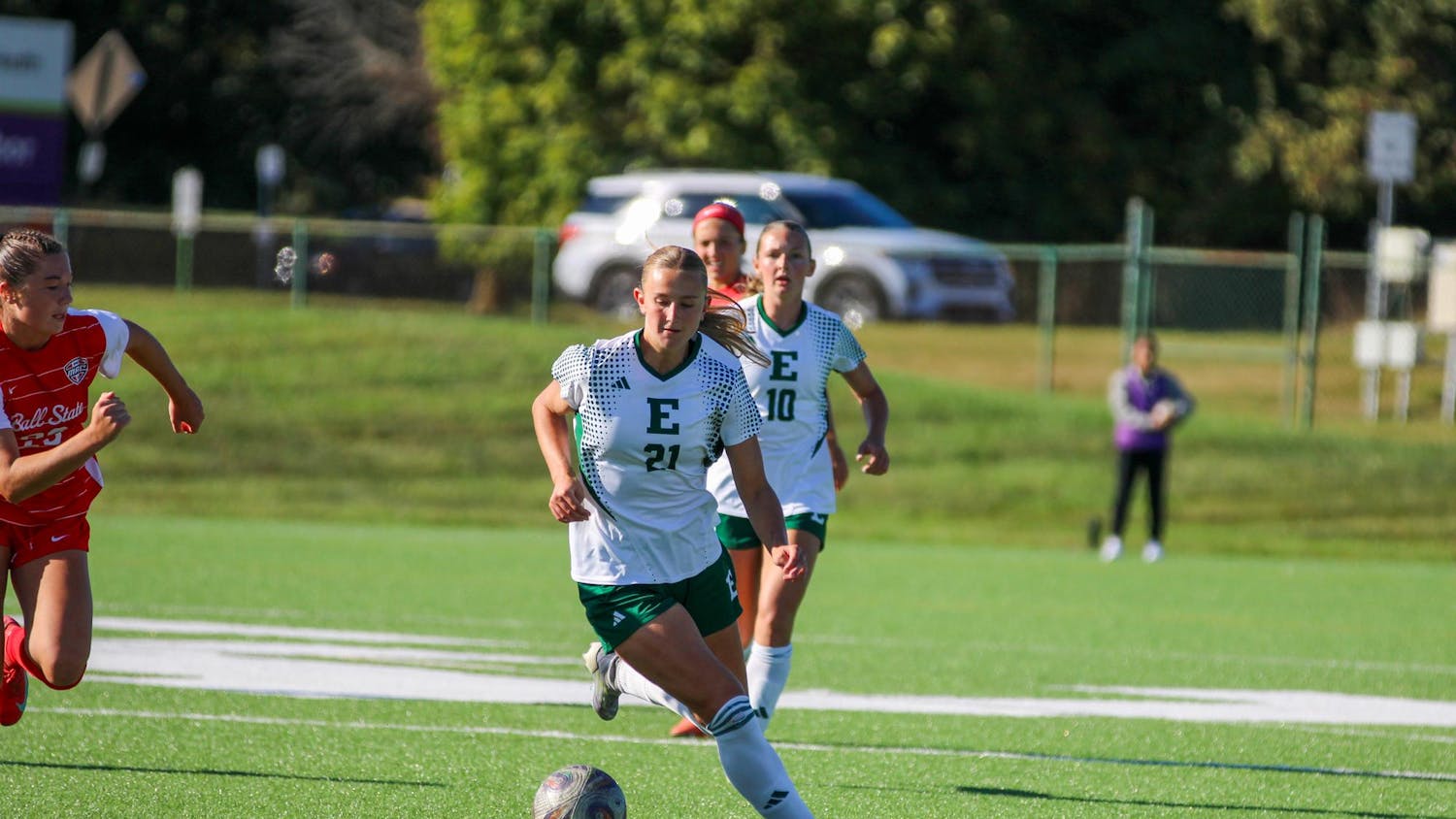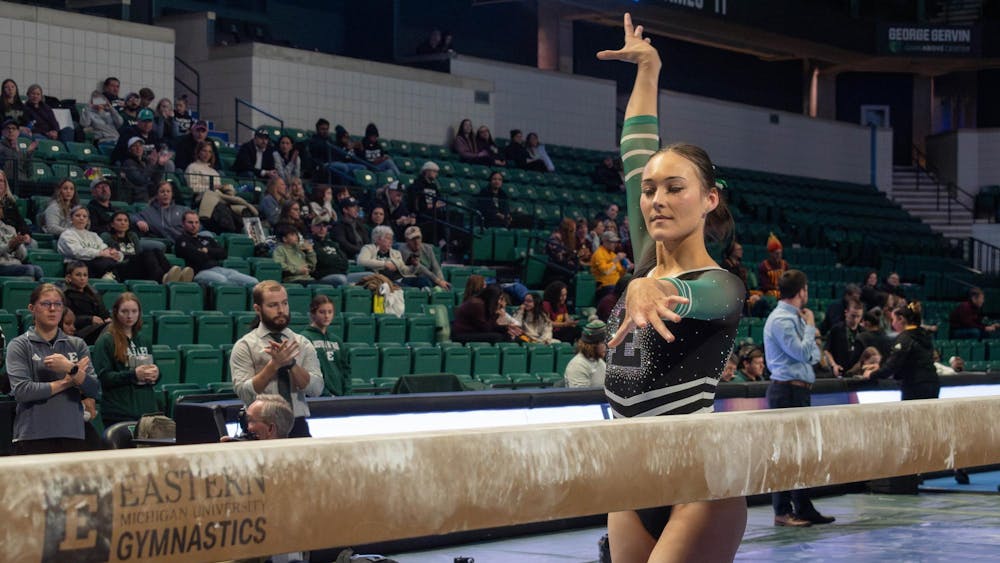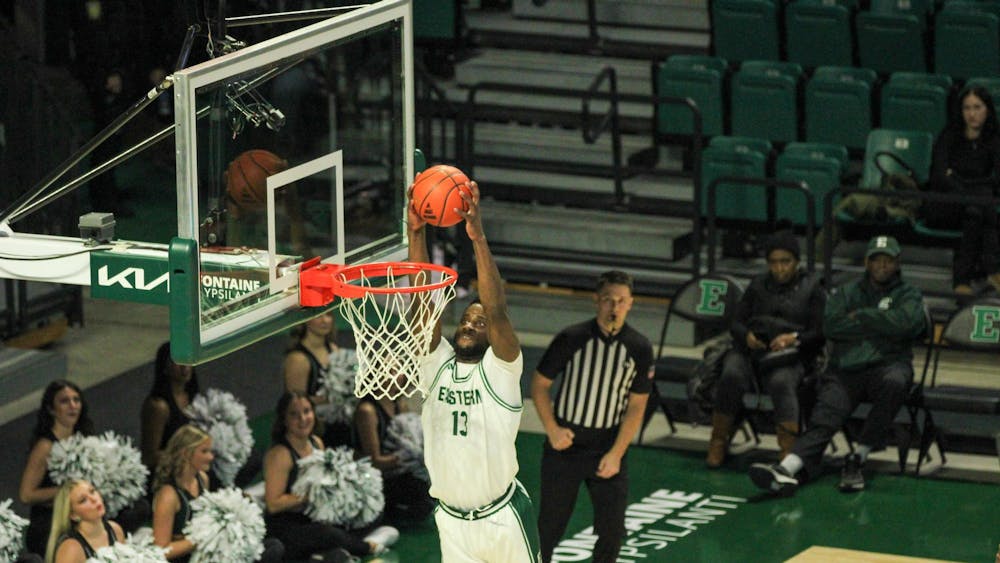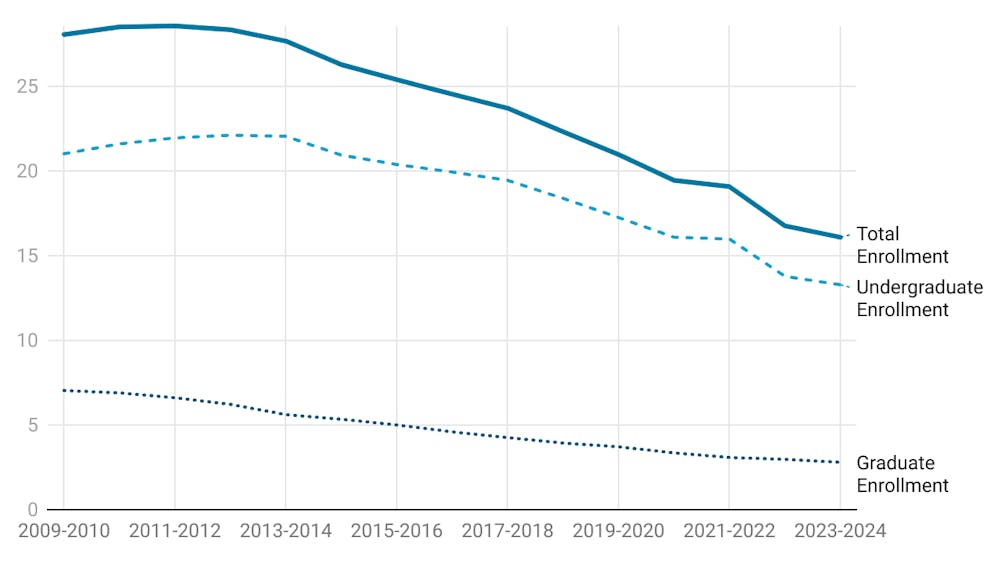April 6, 1973 was opening day of Major League Baseball and the Boston Red Sox hosted the New York Yankees at Fenway Park; this was the first game designated hitters were used in the starting lineups for American League teams.
Fast forward 40 years, and we’re seeing the role of designated hitters in team lineups become very popular and used in many other leagues around the nation. High school, college and other various leagues all use it, so why can’t the MLB’s National League get on board?
I get that baseball really likes to stick to its roots and tradition. But if technology can be used to help make sure the right calls by the umpires are being made, why can’t there be a designated hitter in the batting lineup?
Maybe fans don’t want “small ball” to come to an end; they wouldn’t get to enjoy the old-time beauty of a sacrifice bunt as much as they’re used to seeing. Just last season, every AL team was below the league average (49) in sacrifice bunts.
Nobody’s forcing designated hitters to be 6 feet 2 inches, 225 pounds and hit 30-plus home runs per season. This position gives mangers the flexibility to give any of the position players on the roster an opportunity to bat.
There are plenty of players with more than enough speed who can lay a bunt down without having to worry about playing defense.
The debate of whether or not the NFL should remove the kickoff in games could result in guys like Devin Hester being out of a job. As any football fan knows, Hester earns his paycheck on special teams and not necessarily as a wide receiver.
The same can be said about pitchers, too. Justin Verlander, Mariano Rivera and Roy Halladay’s careers aren’t recognized for how they’ve performed at the plate, but what they’ve accomplished 60 feet, 6 inches away from it.
Adopting designated hitters, in fact, would create more jobs and opportunities for players. Some sluggers might not be the real McCoy when it comes to fielding grounders or shagging fly balls, and there’s no shame in that. There are plenty of solid careers that have been created because of this role: Jim Thome, David Ortiz, Frank Thomas, Paul Molitor, Jason Giambi and Cecil Fielder, to name a few.
Besides, how many pitchers have made it to the show for how they’ve hit in the minor leagues? If pitchers making plate appearances is such a necessity for the game, then Dontrelle Willis wouldn’t have to settle for a semi-pro job out in Central Islip, N.Y.
I’ve read a lot of complaints about how the designated hitter ruins the “double switch,” an over-glorified method of putting in a pair of new defensive players and maneuvering the batting lineup to have the new relief pitcher wait a little longer before he has to bat.
There’s a loophole to have the batting lineup shuffled around to have the pitcher’s at bat delayed, but would fans be devastated to have pitchers be kept out of the lineup? What’s the point of that?
Maybe I’m just being naive. Maybe I’m the product of a baseball fan who has grown up less than 20 minutes away from downtown Detroit, where the designated hitter had already been around for 19 years at the time of my birth. Maybe I think the whole change of team schedules is just a really overrated debacle, which can be solved with the NL simply adopting the designated hitter role as an option and not a mandatory insertion to the lineup.
If NL managers don’t want to use a designated hitter, that’s fine. The right to not use a designated hitter is in the First Amendment, right? No?
Well either way, pitchers being able to hit should be an option, not a mandatory installment to how MLB lineups are made.









